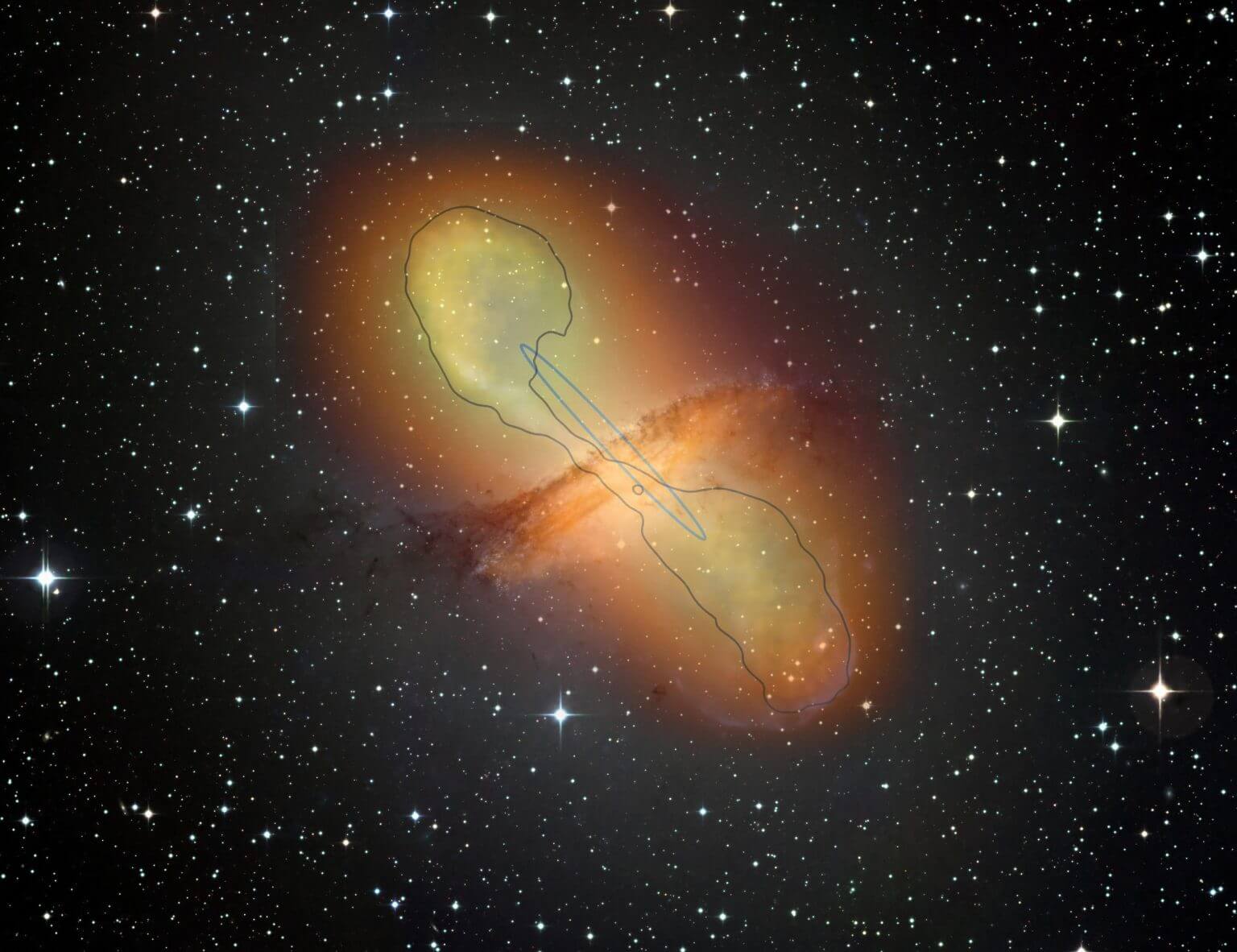A theoretical study suggests a way to look for Dyson balls, even if partial, that indicate their use to produce energy from black holes by an advanced alien culture. So far no such structure has been discovered

Black holes are more than just massive objects that swallow everything around them - they are also one of the largest and most stable sources of energy in the universe. Therefore they would be of great value to a civilization of the type that needs huge amounts of energy, such as a type 2 civilization on the Kardashev scale. But to harness all that energy, civilization would have to surround the entire black hole with something that could capture the energy it emits.
One potential solution is a Dyson Sphere—a type of stellar engineering megaproject that wraps an entire star (or in this case, a black hole) in an artificial envelope that captures all the energy that the object at its center emits. But even if it manages to capture all the energy the black hole emits, the ball itself will still suffer from heat loss. And because of this heat loss we will be able to see it, according to a new study published by an international team led by researchers at Tsing Hua National University in Taiwan.
No such structure has yet been discovered, of course. But the paper proves that it can be done, despite the apparent inability of light to pass through the surface of the sphere and the reputation of black holes as light sinks rather than light sources. To understand how we will discover such a system, it will be useful to first understand what this system will be designed to do.
The authors investigate six different sources of energy that a potential Dyson ball could collect around a black hole: the ubiquitous cosmic background radiation (which will wash the ball wherever it is placed), the black hole's Hawking radiation, its accretion disk, Bondi adsorption, its corona, and the relativistic jets.

Some of these energy sources are much more powerful than others, and the energy from the black hole's accretion disk leads the pack in terms of potential energy captures. Other types of energy will require entirely different engineering challenges, such as capturing the kinetic energy of the relativistic jets emitted from the black hole's poles. Size is of course an important factor in the amount of energy these black holes emit. The authors mainly focus on stellar black holes as a good point of comparison against other potential energy sources. At this size, the accretion disk alone would provide several hundreds of times the energy output of a main sequence star.
This is useful theoretical work, but of course there is no proof yet that such a structure exists - Fermi's paradox is still valid. But in light of all the data we are already collecting from all these telescopes, it will be interesting to go through them one more time and check if there is by any chance heat emitted from a place where it is not expected. It is worth taking the time to at least look for the discovery that could be groundbreaking in its essence.

3 תגובות
Several reflections on the subject
1. The number of alien planets in the galaxy and universe is very small, because there are very few suitable solar systems.
2. I estimate that there are no alien intelligences much more advanced than ours, because diseases, rivalries, disasters, will prevent them from developing much further.
3. Instead of producing a "dyson ball", you can simply move to another suitable planet, and settle it
4. This is my opinion, and I have no proof.
The assumption that a culture advanced enough to exploit black holes will do so by means we understand is childish. The production and transfer of energy can be carried out in many forms that we are not even able to imagine, due to a technological limitation or even a fundamental limitation related to our form of existence, which is very limited in relation to everything that exists in the universe. It's like an ancient tribe looking for evidence of human existence in the area by smoke from fires and flocks of seagulls flying over their leftover food. You can look over Manhattan and come to the conclusion that there are no people there.
As far-fetched as it sounds, it is impossible to rule out the option that quasars are black holes in general that were ignited/activated proactively (by the flow of matter into the black hole) and are in fact enormous power stations of such a culture.
This is the place to mention the MDB books "Charon's Ring" and "The Exploding Ball" by Roger McBride Allen, which deal with the (shocking) meeting of humanity in a civilization (if you can call it that) that uses Dyson balls.
But I'm less impressed by Dyson balls, I'd actually like to see humanity knock neutron stars out of orbit and slam them into each other to produce solar masses of heavy materials, which could provide material for as many Dyson balls as they need. And maybe also use the black hole that will be created to build a Dyson ball around it.